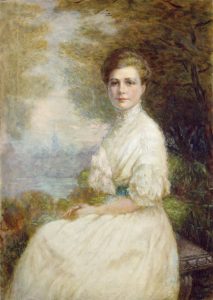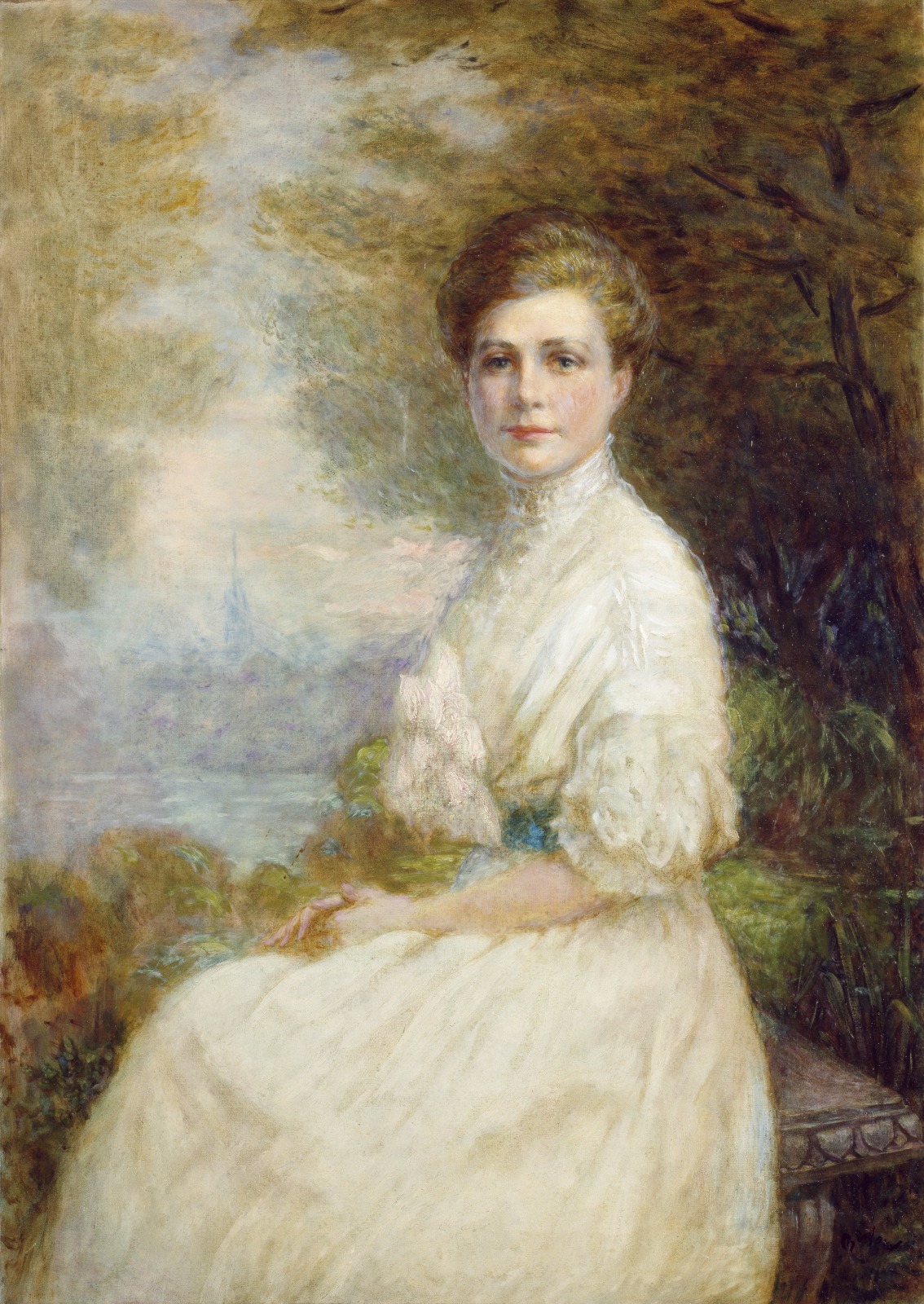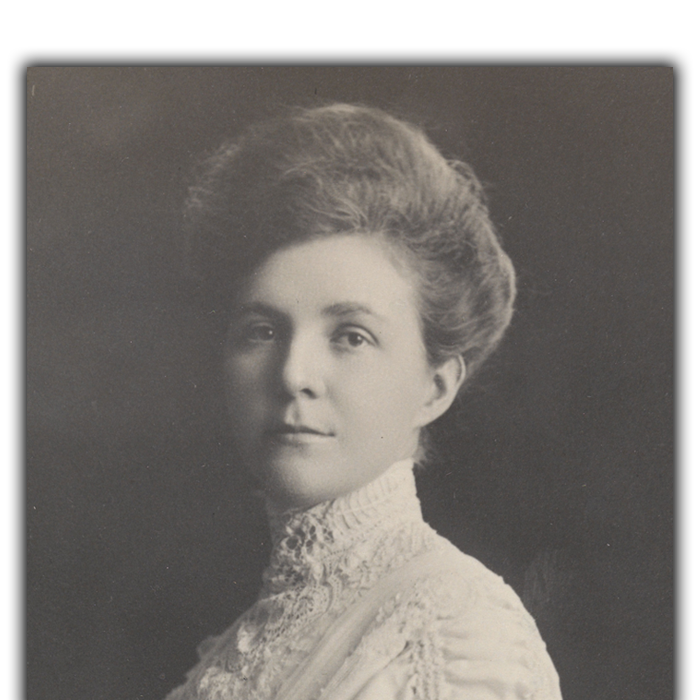Archive: Lillian Thomas Pratt Personal Papers (SC-07)
-
Biographical Note

One month after Lillian Thomas Pratt’s death in July 1947, her stunning and expansive collection of Fabergé artworks were unexpectedly bequeathed to the Virginia Museum of Fine Arts. Thought to have been born in 1876 in Philadelphia, details of Pratt’s life still remain sketchy and limited. By 1900, she was working as a stenographer at the Puget Sound Flouring Mill, and in 1917, married her second husband, John Lee Pratt, a self- made millionaire engineer and businessman with General Motors. By 1931, they had settled at Chatham Manor in John’s native Virginia, and Pratt spent over a decade amassing a collection of over 500 items, eighty percent of which is Russian decorative art, mainly Fabergé.
Pratt began collecting while accompanying her husband on business trips to New York City, shopping in her spare time, and possibly becoming enchanted with the Hammer Galleries’ “Russian Imperial Exhibit” at Lord & Taylor in the early 1930s. While the total amount she spent during that time is unknown, she spent $100,000 alone at New York City’s Schaffer Collection. She simultaneously purchased items, including four of her five imperial Easter eggs, from the Hammer Galleries. Her collection includes not only the finest imperial eggs, but also miniature eggs, jewelry, framed photographs, boxes, handles, flowers, and animal figures, among many other types of objects. Whatever her collecting may have been (besides simply furnishing her new home), her fascination with Russian royalty was enduring, and has been shared with museum visitors for over 60 years.

-
Abstract
The collection documents the formation of the Lillian Thomas Pratt Collection of Fabergé decorative artworks at the Virginia Museum of Fine Arts. Bequeathed to the museum upon her death in 1947, Pratt’s Fabergé collection consistently remains one of the highlights of the museum’s permanent collection. Pratt purchased most of her Fabergé collection from the Schaffer Collection and Hammer Galleries, both of New York City, in the 1930s and 1940s. Comprised of correspondence, invoices, price tags, and detailed item descriptions, this collection illuminates Pratt’s mind as a collector, as well as her relationship with one of her dealers, Alexander Schaffer.
-
Scope & Content Note
The collection’s inclusive dates are 1917-1967, with the bulk of the material dating from 1933-1945. The digital collection is comprised of correspondence, invoices, price tags, item descriptions, exhibition labels, estate tax information and inventories, photographs, drawings and newspaper clippings.
-
Provenance
The collection was transferred over time to the VMFA Library in the 2000s by museum staff members Dr. David Park Curry, Curator of the Fabergé collection, David Bradley, Foundation Director, and Richard Woodward, Deputy Director for Architecture and Design. The estate tax information was given to Woodward from the Honorable John D. Butzner, Jr. in the 1970s. The bulk of the collection was accessioned into the VMFA Archives’ collection in February 2011. In January 2015, an additional collection of original documents were transferred from the Curatorial files to the Pratt collection.
-
Processing Note
A large number of publications (almost entirely sales and exhibition catalogs) were interfiled into this collection over the years. None of the publications indicated that they were actually Pratt’s personal copies, and almost all had been stamped by the VMFA Library or other departments. Therefore, all of the publications were removed and added to the VMFA Library’s holdings during processing. A complete list of these publications is available from the Archivist.

